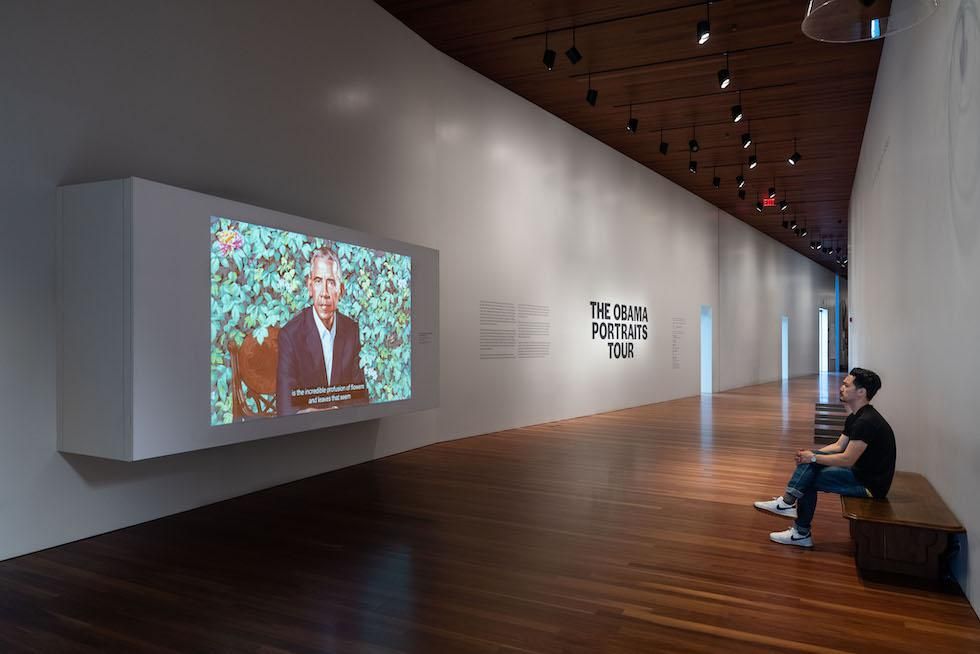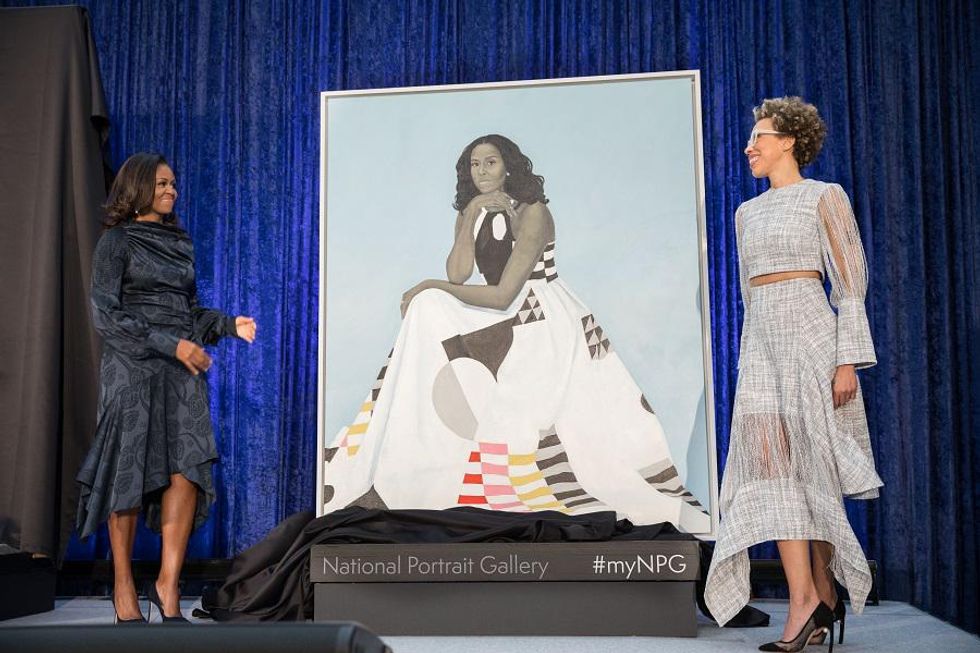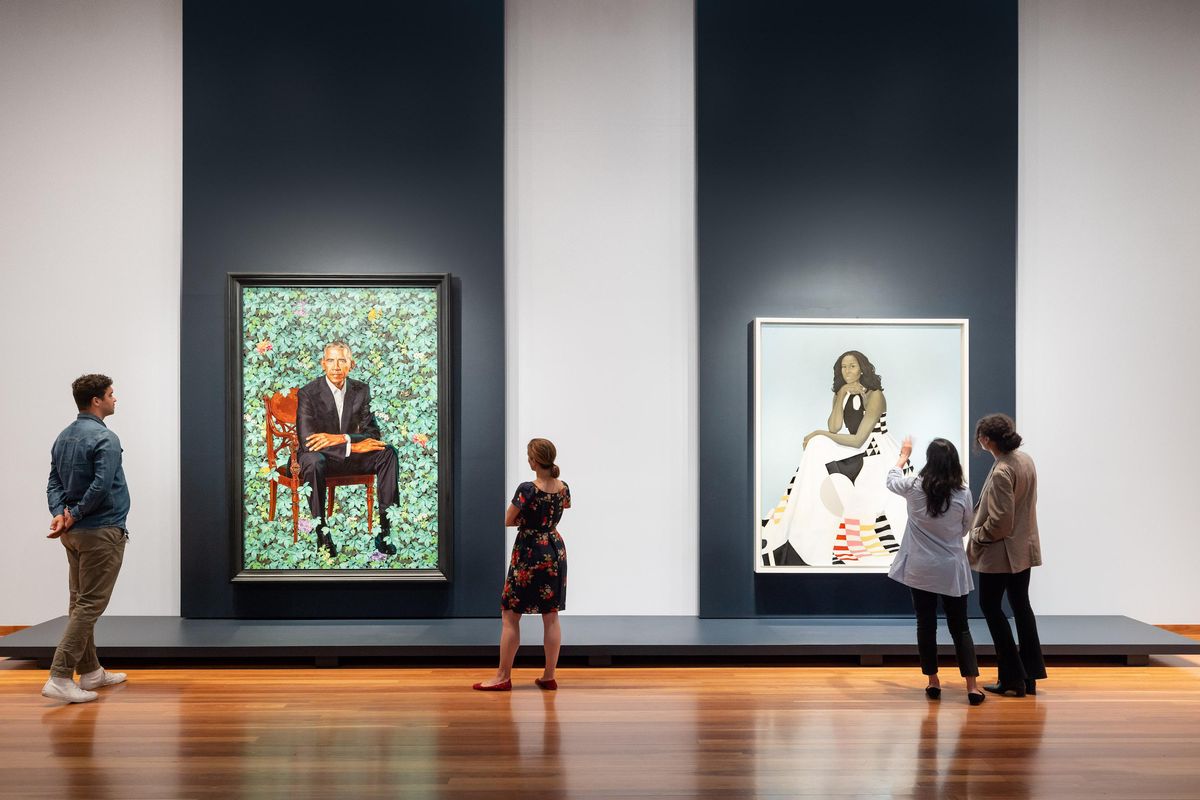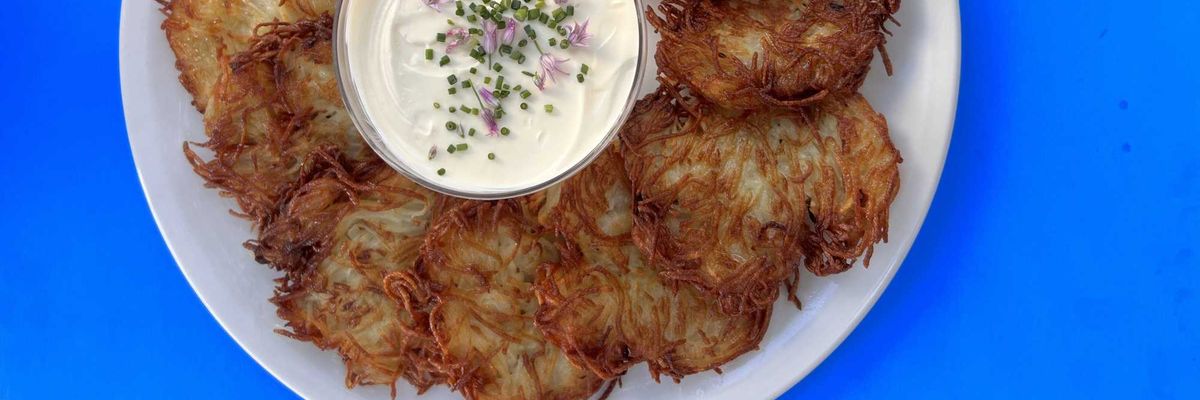Twelve of the presidential portraits hanging in the National Portrait Gallery in Washington D.C. depict the image of slave holders. Only two—the 44th President and First Lady of the United States, Barack and Michelle Obama—are descendents of those who were enslaved.
On June 18th, their portraits debut at San Francisco’s de Young Museum, the penultimate stop in an unprecedented cross-country tour.
While presidential portraits have become cultural icons in the past—Gilbert Stuart’s portrait of George Washington, for example, has appeared on the dollar bill since 1869—the official likenesses of the Obamas have inspired an almost spiritual piety not seen before or since.
“They are pilgrimage paintings,” explains Timothy Burgard, distinguished senior curator and curator-in-charge of American Art for the Fine Arts Museums of SF.

The Obamas chose their own artists to paint the portraits commemorating their glass-ceiling-shattering eight years in the White House. Barack selected the New York–based artist Kehinde Wiley, whose work frequently reframes images of people from under-resourced communities in opulent historical styles like Rococo and Baroque. Michelle was taken by Balitomore-based painter Amy Sherald’s realistic portraits of African Americans in everyday settings.The two hit it off so quickly that Barack reportedly felt like a third wheel at their first meeting.
The portraits unveiled on President Abraham Lincoln’s birthday in 2018, a date selected by Barack in honor of his political hero, are completely different from those that came before them, openly addressing race, gender, and the American Dream in their details.
In Wiley’s painting, the former president sits in a throne-like wooden chair evocative of the one in which Lincoln sits for his presidential portrait, surrounded by lush greenery and flowers representing different phases of his life. In a nod to the constant veiled racism Obama faced for not “looking presidential,” the President’s top two buttons are undone and he wears no tie or American flag pin. Legend has it that Wiley’s vision for Obama’s portrait was so strong, he refused one of Barack’s primary requests: to make his ears a little smaller.

In Michelle’s portrait, Sherald references “the visual vocabulary of the Virgin Mary,” according to Burgard. Like the Madonna, the First Lady’s voluminous dress can hold everyone who looks to her for strength. “She’s almost like a mountain, unmovable,” he says. The gray pallor to her skin is a Sherald hallmark intended to “decouple color from race,” Burgard continues. She chose to depict Michelle in a geometric Milly dress from the First Lady’s wardrobe, in part because it echoes the patterns of early African American quilt makers. After it appeared in the portrait, Milly designer Michelle Smith never made another so it would remain one of a kind.
The Obama Portraits are masterpieces that don’t just document history, they make history. Since 2018, more than four million people have been inspired to view them in person at the National Portrait Gallery; the de Young has already sold 10,000 advance tickets for the temporary exhibition.
“The power of portraiture is to capture a likeness but also to convey something deeper about human beings,” says Burgard. The Obama Portraits channel the “miracle” they accomplished.
View the Obama Portraits for free every Saturday from June 18th to August 14th. Several dates will also feature youth workshops, showcases, and parties starting with June 18th’s First Exposures pop-up photo studio and live music and dance by Mia Pixley and Kimberly Marie Olivier. The rest of the week, the exhibition is free with general admission.
// Open Tue to Sun, 9:30am-5:15pm; 50 Hagiwara Tea Garden Drive (Golden Gate Park), deyoung.famsf.org





















